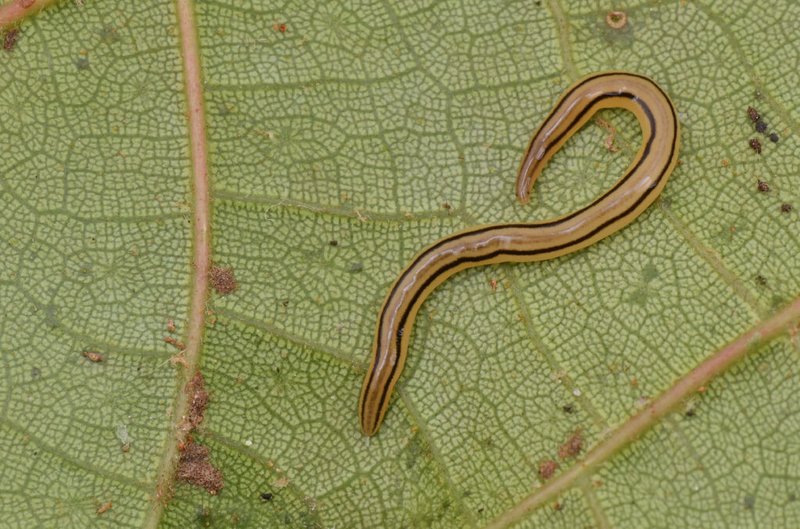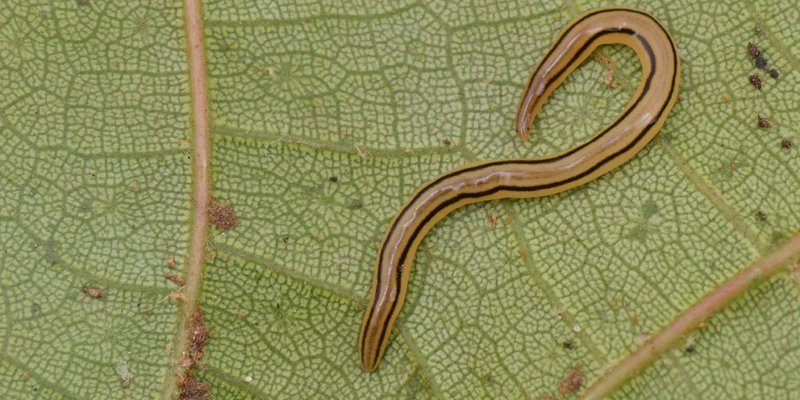
Imagine trying to slide across a slick floor in your socks. That’s sort of how ribbon worms navigate their underwater world, gliding seamlessly along thanks to their mucus. This article will dive deeper into how those mucus trails function, why they’re essential for locomotion, and what makes ribbon worms so unique.
What Are Ribbon Worms?
Ribbon worms, scientifically known as *Nemertea*, are long, slinky creatures found in oceans, seas, and even some freshwater environments. They can range from just a few centimeters to over 30 meters in length. Their bodies are soft, and they often come in bright colors, making them stand out on the ocean floor.
These worms are fascinating not just for their looks but for their way of life. Ribbon worms are predators, feeding primarily on small invertebrates. They have a specialized structure called a proboscis, which can be extended to capture prey. It’s like having a built-in fishing rod!
Understanding ribbon worms’ locomotion is key to appreciating their role in the ecosystem. And that’s where the mucus trails come into play.
What Makes Mucus So Special?
You might be thinking, “Mucus? Really?” But stick with me! The mucus produced by ribbon worms is more than just a slimy coating. It plays several crucial roles in their locomotion.
First off, this mucus is incredibly slippery. It reduces friction between the worm’s body and the surfaces they move on. It’s similar to how lubricant helps a door open smoothly; without it, things would get stuck or move unevenly.
Additionally, the mucus can help ribbon worms maintain their moisture levels. After all, these creatures live in watery environments, and having a layer of mucus helps prevent them from drying out. It’s their way of staying hydrated while they navigate their aquatic world.
How Do Mucus Trails Aid Locomotion?
Now, let’s dive into the nuts and bolts of how mucus trails facilitate movement. Ribbon worms use a combination of muscular contractions and their mucus to glide across surfaces.
When the ribbon worm wants to move, it contracts its muscles, pushing its body against the mucus layer. This creates a wave-like motion that sends it sliding forward. Picture a small boat on a slip-and-slide—without that slick surface, the boat would get stuck.
Moreover, the mucus increases the worm’s adhesive ability to surfaces when needed. As they inch forward, the ribbon worm can stick to surfaces to anchor itself if threatened, before moving again. This balancing act is vital for navigating their environment while avoiding predators.
The Composition of Mucus
You might be curious about what exactly makes up this remarkable mucus. The composition is key to its effectiveness. Primarily, worm mucus is rich in mucin proteins, which give it that slippery quality.
Mucins are large glycoproteins that can hold onto water, creating a gel-like texture. When combined with the worm’s body movements, it forms a slick pathway that enhances their gliding capability. Think of it as a chef adding just the right amount of oil to a pan—it creates the perfect cooking surface.
Furthermore, this mucus can also contain antimicrobial properties. This means it can help protect the ribbon worm from harmful bacteria as they move through various environments. It’s a two-for-one benefit: aiding locomotion while also keeping the worm safe!
Comparing Ribbon Worms to Other Creatures
When you think about different types of locomotion in the animal kingdom, ribbon worms stand out for their unique approach. Many creatures use legs, fins, or wings to move. For example, fish use fins to propel themselves through water, while worms like earthworms use segmented bodies to wriggle along the ground.
Ribbon worms, on the other hand, rely heavily on their mucus trails. This unique method of movement is efficient in their aquatic habitats, where traditional forms of locomotion might not be as effective. It’s a little like comparing bicycles to scooters—each has its strengths in different environments.
For another comparison, consider snails. They also produce mucus to help glide, but their movement is much slower. Ribbon worms, with their wave-like motions and longer bodies, can navigate quickly. This added speed is crucial for hunting and escaping predators.
Potential Challenges and Solutions
While mucus trails are incredibly useful, ribbon worms do face challenges. For instance, if their environment dries out, their mucus might not function as well. This can make moving around and staying hydrated more difficult.
To combat this, ribbon worms have developed behaviors that help them find moisture-rich areas. They often burrow into the sand or mud, where water is more readily available. This is kind of like us seeking shade on a hot day to keep cool and hydrated!
Another challenge arises in environments with varying surface textures. Rough surfaces can make it harder for the mucus to reduce friction. Ribbon worms can adapt by producing thicker mucus or altering their movement patterns to accommodate these changes.
How Mucus Trails Affect Ecosystem Dynamics
The locomotion of ribbon worms via their mucus trails isn’t just fascinating—it’s important for ecosystem dynamics. By moving through different layers of the ocean floor, ribbon worms help aerate the substrate, which benefits other organisms living there.
Their trails can also provide a nutrient-rich environment, as the mucus breaks down and releases organic material. This, in turn, can support microfauna and other creatures, maintaining a healthy ecosystem balance.
In essence, ribbon worms act as both predators and contributors to the health of their habitats. They illustrate how interconnected life in aquatic ecosystems can be—each creature plays a valuable role.
Ribbon worms may not be the most well-known creatures, but their unique method of locomotion through mucus trails is a testament to nature’s creativity. These slime-producing wonders not only glide effortlessly through their watery environments but also contribute to the health and balance of their ecosystems.
So next time you think about how animals move, take a moment to appreciate the ribbon worm’s slick approach. It’s a reminder of how diverse life can be, and how even the simplest adaptations can lead to incredible solutions in nature. Whether you’re exploring marine biology or just curious about the wonders of the natural world, ribbon worms and their mucus trails are sure to spark some fascination!

